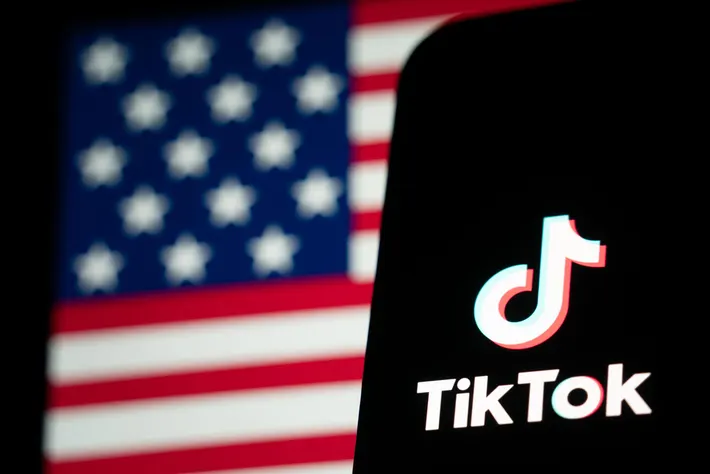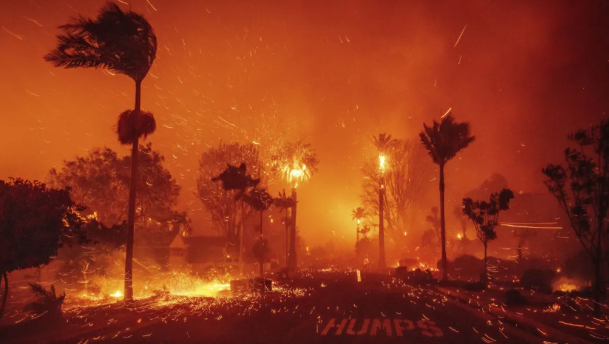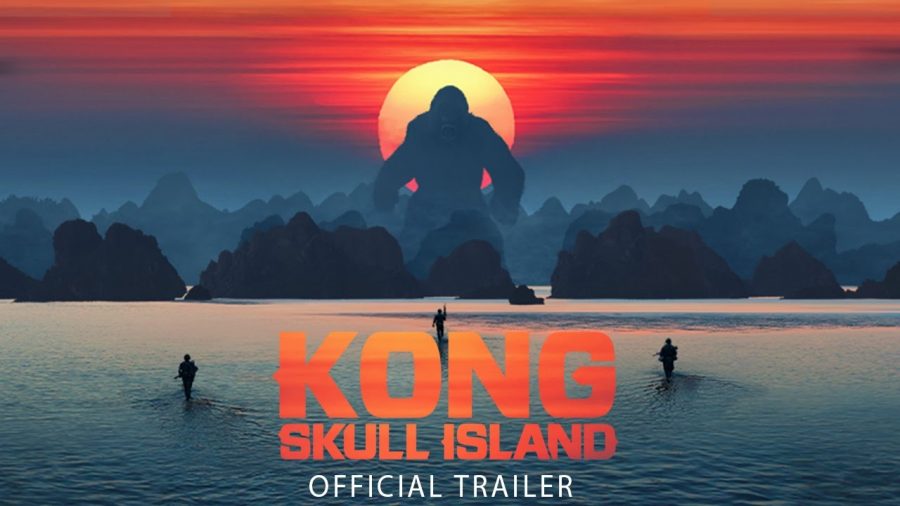Kong: Skull Island Review
May 6, 2017
Kong: Skull Island doesn’t mess around. In the opening scenes, the film gives audiences a good, long look at the enormous ape up-close and personal. This is a monster movie that knows exactly what it is and what the audience wants. Skull Island is eager for you to witness colossal creatures tumbling across picturesque landscapes and slamming each other into towering mountains, and it’s very easy to revel in the majesty of that.
Skull Island also goes to great lengths to let audiences soak in its historical setting: The mid 1970s, around the end of the Vietnam War. Despite the existence of primitive satellite imaging and computers, the film grounds itself with an active focus on analog technology. Close-up shots of Super-8 film cameras, slide projectors, and reel-to-reel tape recorders are a constant. But nothing sticks out more prominently than the many scenes where a turntable cues up a classic ’70s rock song from the likes of The Stooges, Black Sabbath, and more than a few tracks from Creedence Clearwater Revival. The cinematography, coupled with the south-east Asian locations present you with familiar images of helicopters flying into deep orange sunsets and tracking shots following soldiers downriver.
The style of Skull Island heavily evokes war movies set in the same era (Apocalypse Now most obviously) and one of its primary characters being named “Conrad” (likely after the author of Heart of Darkness), suggests that the film is proud to draw attention to its influences. But the stylish picture Skull Island paints and tone it establishes is where the Apocalypse Now similarities end. This is not a film that deals with the horrors of modern warfare, it’s a movie about a giant gorilla punching other giant animals, and where human characters suffer collateral damage as a result. The film’s many action beats thankfully don’t rely on rapid-fire editing to try and accentuate the presentation of events. Instead, Skull Island relies heavily on long takes, maintaining a clear perspective of any carnage that happens. The audience is treated to sweeping views of Kong’s fights as he throws his weight, and opponents, around. The giant creature fights are a joy to watch, with coherent flow and exciting escalations as Kong and his enemies become more desperate. Skull Island’s most memorable moments come from spending time with Kong, and it’s a success because of that. Seeing the giant gorilla in quiet moments as he tends to his wounds and helps out other island inhabitants are as enjoyable to watch as the moments where he’s trying to tear apart the skull of a really big lizard. This is a film that ponders philosophical quandaries; we know man is the real animal and we know beauty tames the beast. Kong: Skull Island revels in the magnificence of the big ape, and for the majority of its runtime, leans on its strengths of pitting man against ape, ape against monsters, and being a fun, over-the-top spectacle.



































